EDITORIAL: CSU backtracking on in-person instruction is nothing short of betrayal
In Zoom math class we learned that 50% in-person is not the same as ‘primarily’ in-person
California State University Chancellor Joseph Castro said he anticipates at least 50% of classes across the CSU system will be in-person this fall semester at a news conference on Monday, Feb. 8, 2021. Graphic made in Canva.
February 10, 2021
California State University Chancellor Joseph Castro said in a Monday news conference that he anticipates at least 50% of classes across the CSU system will be in-person this fall semester.
Great! Except this announcement comes after months of announcing and reaffirming that the majority of campus operations would be in-person for fall 2021 and just two weeks after Castro said he still expected majority in-person instruction, with no mention of any percentage points.
50% of classes does technically count as a majority, yes, but it feels like a deceptive moving of the goal posts after months of CSU administration basically implying that fall 2021 would be a return to normalcy on campus.
RELATED: CSU anticipates at least 50% of classes will be in-person for fall 2021
What’s worse is Castro has now absolved himself of any system-wide accountability, saying the decision of how much in-person instruction will take place is up to each university president and county health officials. It seems clear that should and would always be the case, so why then did the Chancellor’s office announce a return to in-person for fall 2021 in December? Perhaps there was a reason.
The announcement came just six days before the CSU’s application deadline for fall admission.
“This decision comes at a good time as high school and transfer students have until December 15 to complete their applications for fall admission,” Castro said in a December press release. “I urge eligible students across the Golden State to apply for admission to one or more CSU campuses.”
It feels like what happened here was that the CSU worked to make applicants believe they would be getting full in-person instruction during fall 2021, then walked it back only after students had already applied and been accepted – delaying the announcement of fewer in-person classes to prevent mass dropouts.
Why else would Castro have mentioned applications so doggedly?
Ten days after Castro’s December press release, the Los Angeles Times reported that the CSU saw a 5% decrease in applications for fall 2021.
Let’s do some quick math, shall we?
If the application decrease leads to a similar enrollment decrease, that would mean a loss of over 24,000 students, which would be a loss of over $69 million in base tuition for the fall semester alone.
$69 million! You can almost smell the panic.
What’s worse is that some schools already know they won’t even reach 50% of classes in person.
Chico State announced Tuesday that it anticipates only 20-30% of classes will be in-person for the fall 2021 semester, saying classrooms on campus are too small to accommodate social distancing procedures as directed by public health guidelines.
Steve Perez, Sacramento State’s provost and vice president of Academic Affairs, told The State Hornet previously that the school’s plans are up in the air as well.
“Sac State is currently working through a planning process for fall 2021 that will provide increased face-to-face instruction in as safe an environment as possible,” Perez said.
“Increased face-to-face instruction” doesn’t exactly sound like “planning for an anticipated return to delivering courses primarily in-person starting with the fall 2021 term,” as stated in the CSU press release from December.
Not only did the CSU sell potential students an incomplete portrayal of what fall 2021 would be, but they gave their students who are hanging on by a thread during a pandemic false hope.
RELATED: KYLIEBYTES: Students are struggling with online learning
One of the most upsetting aspects of this announcement by Castro is that if the CSU is genuinely not able to offer an in-person semester safely, then we don’t want them to force it. Obviously we’re all tired of Zoom University and want to go back to campus, but none of us want our immunocompromised classmates or their immunocompromised family members or coworkers to be put in danger by the CSU fully reopening prematurely.
But then again, why give us that false hope?
Keeping the campus community safe from COVID-19 is difficult enough as it is, but Sac State will not even require its students to get vaccinated for COVID-19 before taking in-person classes in the fall. Other vaccines (including Hepatitis B, meningococcal disease, chickenpox, tetanus-diphtheria-pertussis, measles, mumps and rubella, as well as a screening for tuberculosis) are required by any CSU for students to enroll in classes.
At Monday’s news conference, Castro evaded answering whether or not the CSU would require its students to be vaccinated for COVID-19 before returning to any in-person classes in the fall, continuing to put the responsibility for any decision made onto each university’s administration.
Castro said he would prefer to respect those who do not wish to be vaccinated, which is putting others who would interact with unvaccinated people on campus at risk. Why can’t the COVID-19 vaccine be required for students along with the other immunizations, for the safety of everyone on campus? After all, wouldn’t that element of safety that the vaccine provides bring the CSU closer to delivering a primarily in-person semester in the fall like they promised us?
All this is nothing short of a betrayal of a student body that has already dealt with being essential workers during a pandemic, (a Pew research study showed that 71% of people with some college had job responsibilities that could not be done from home) while trying to study in noisy households, all while paying full price for campus services they can’t use and an education that can charitably be described as incomplete.
Being back in-person was a distant flame of hope in the middle of a once-in-a-century public and mental health shitstorm and after lighting that flame, the new chancellor is now tilting a bucket of water over it.



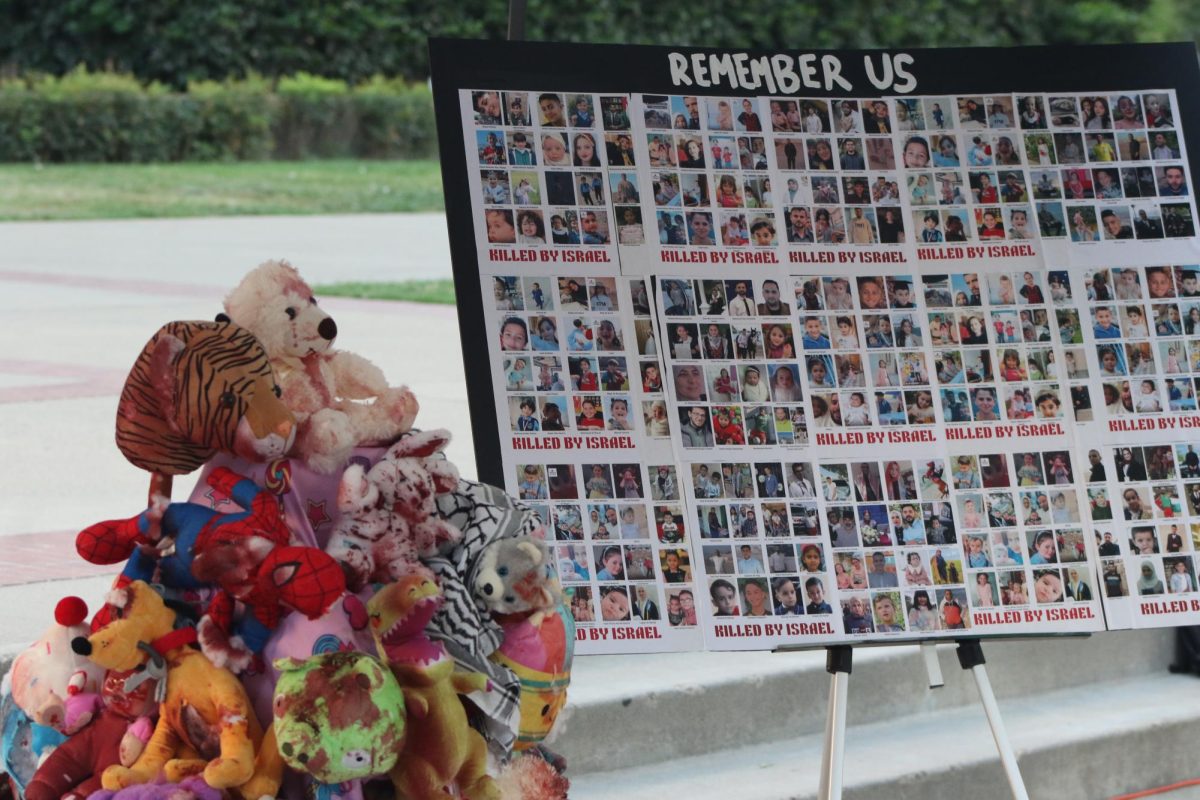
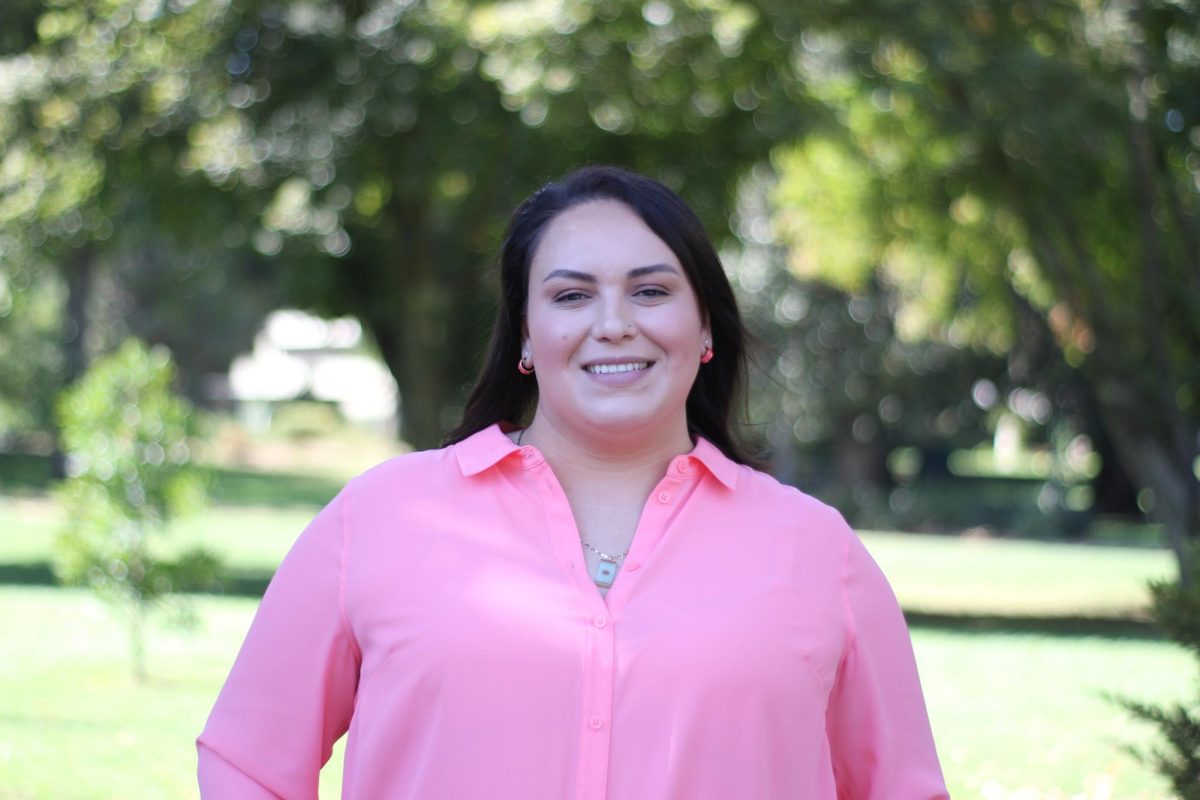
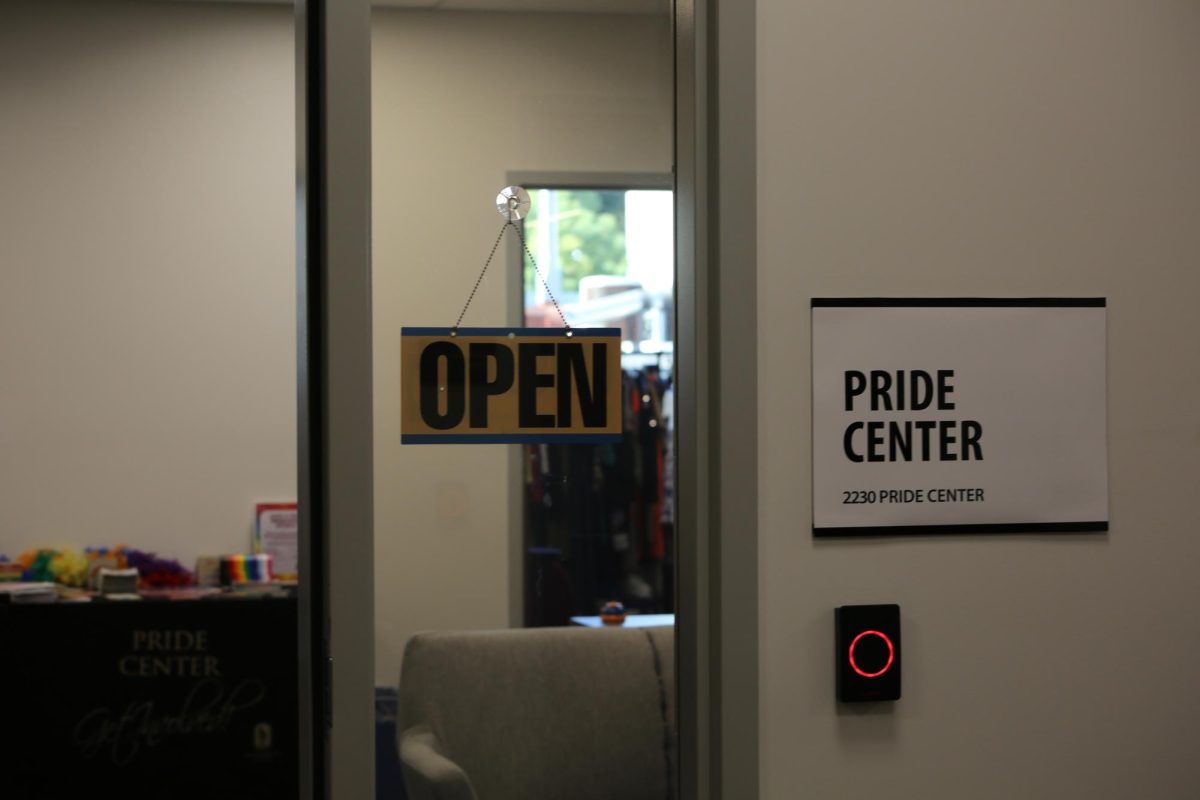
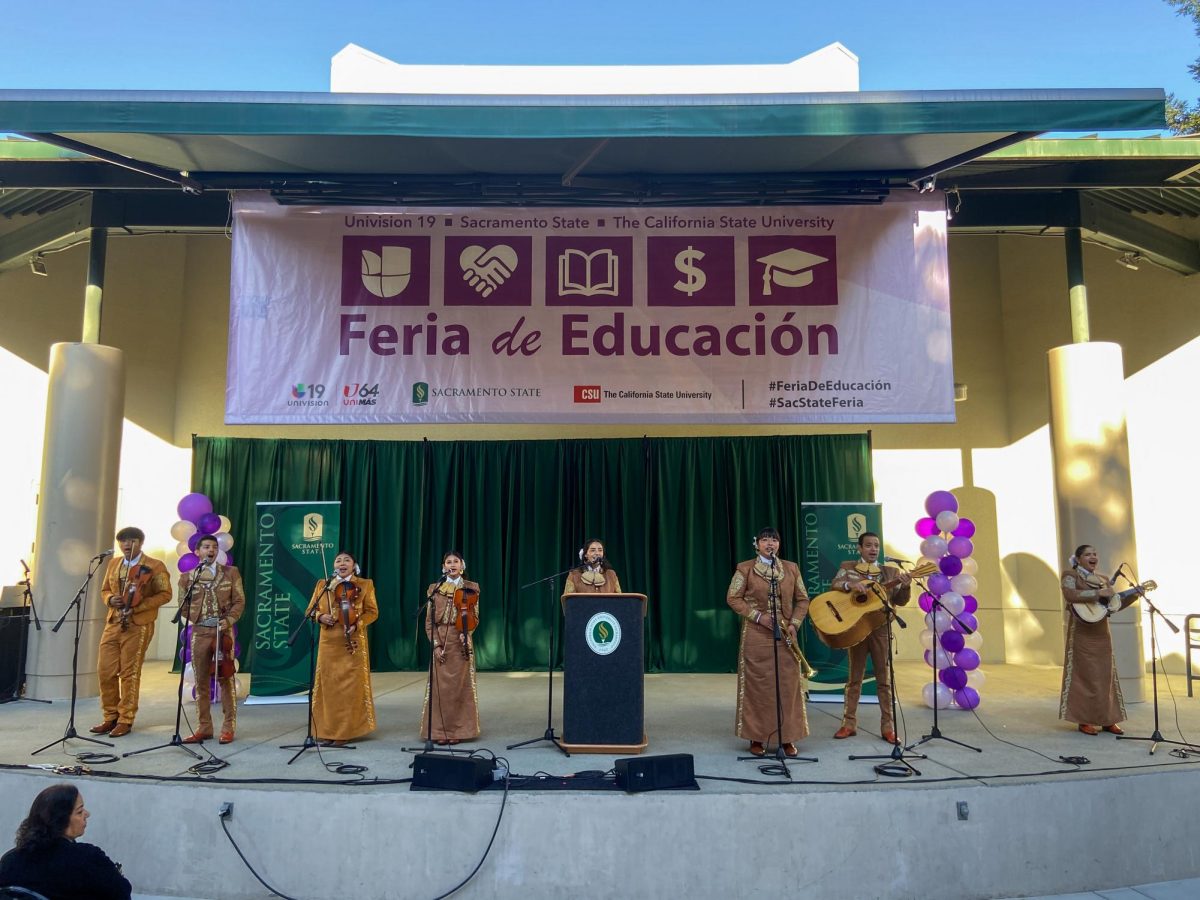



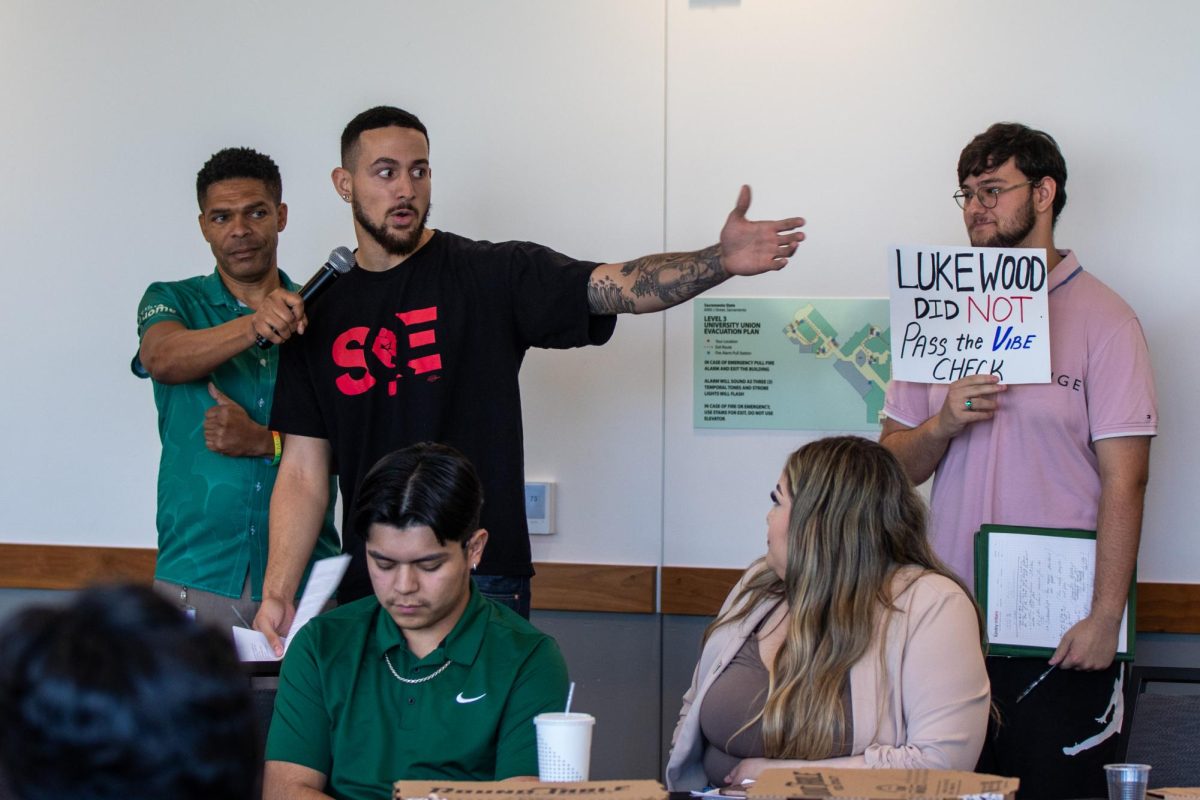
















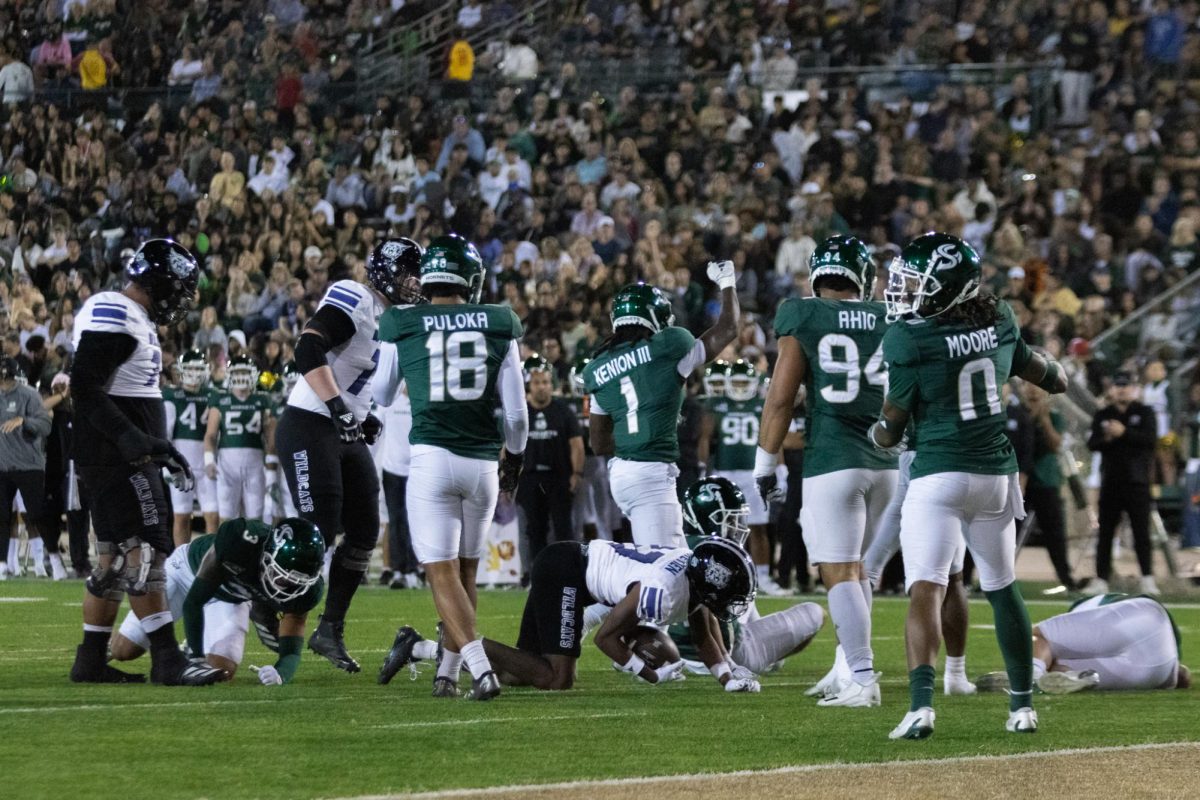
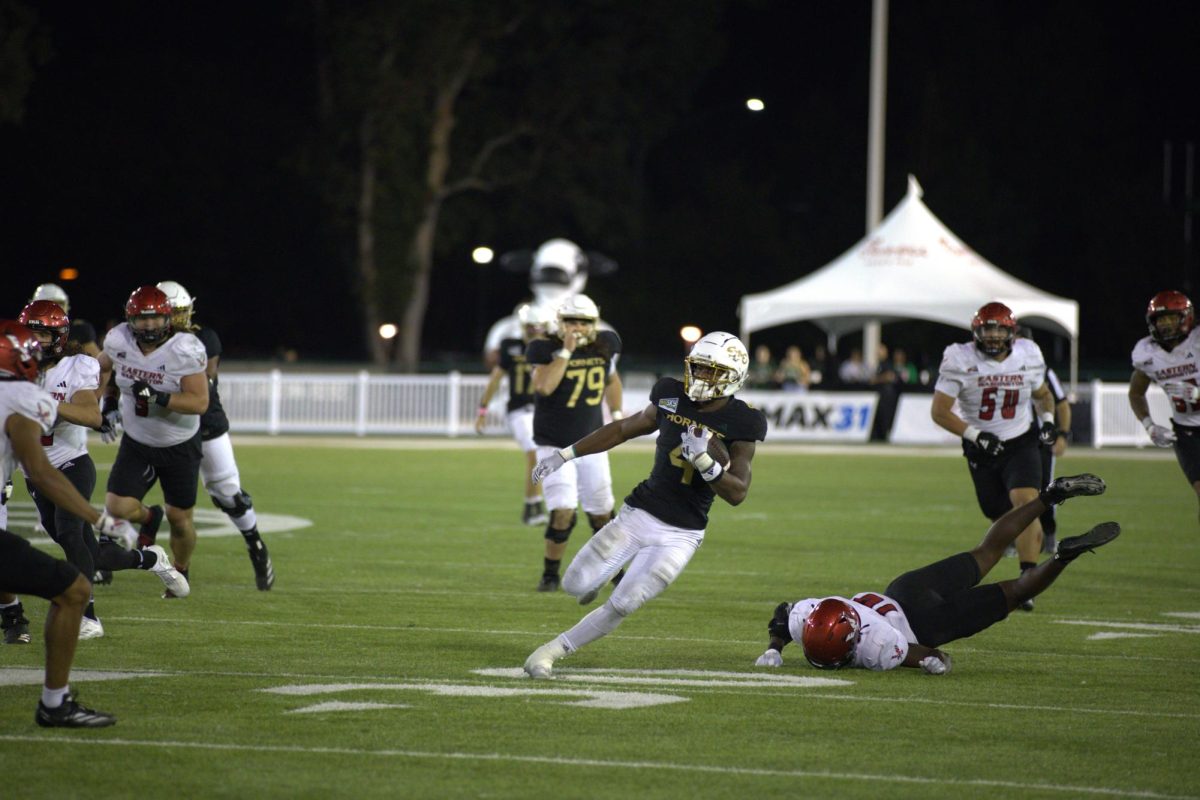
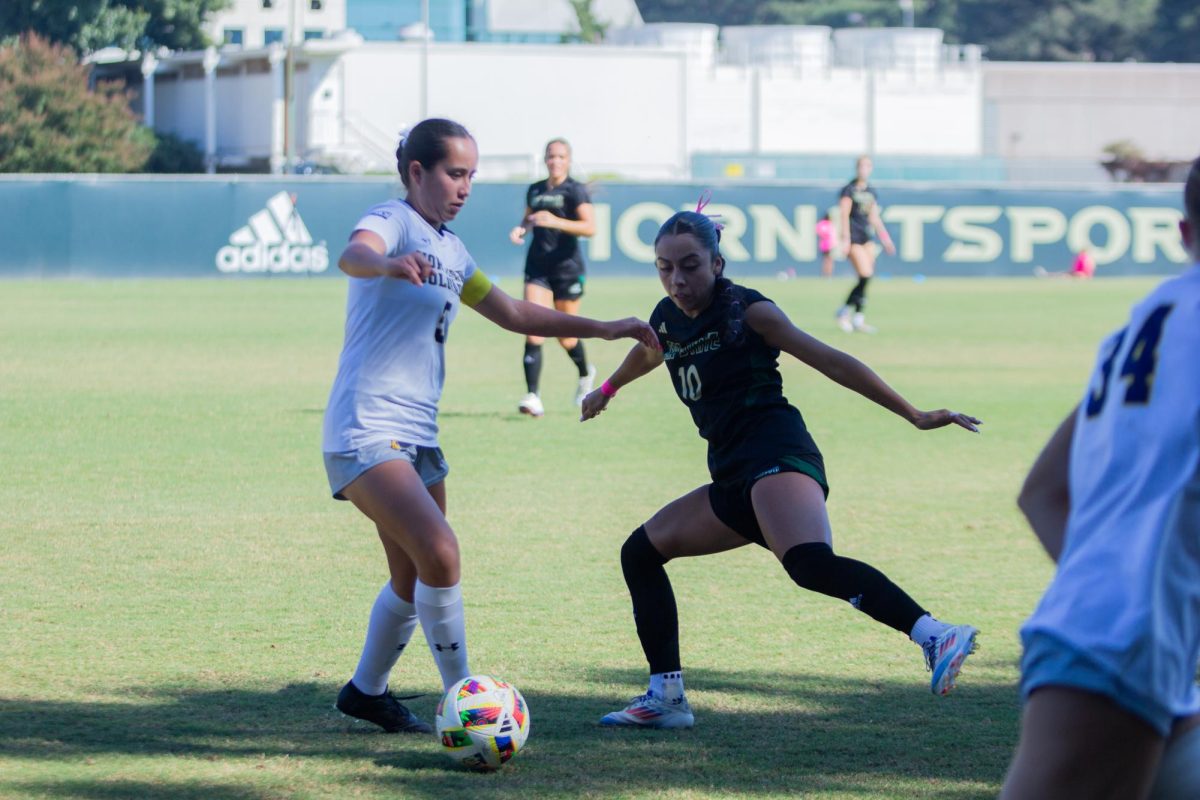

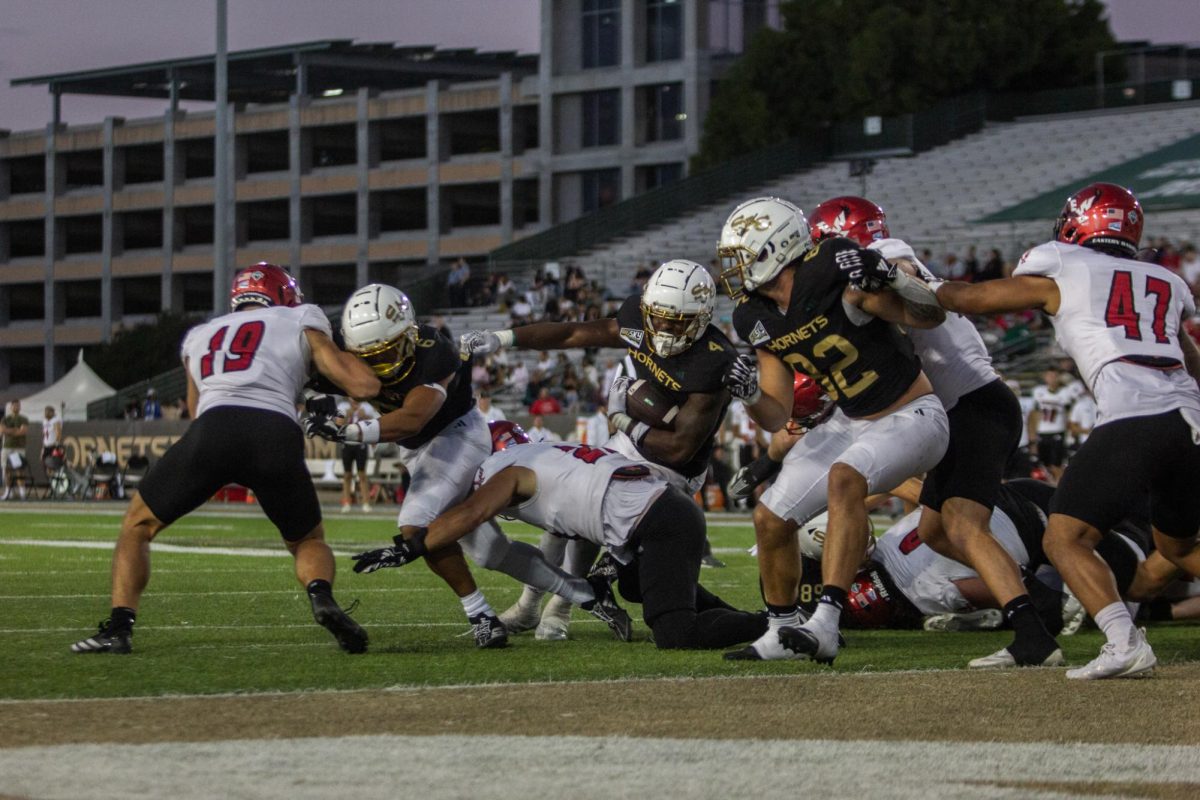
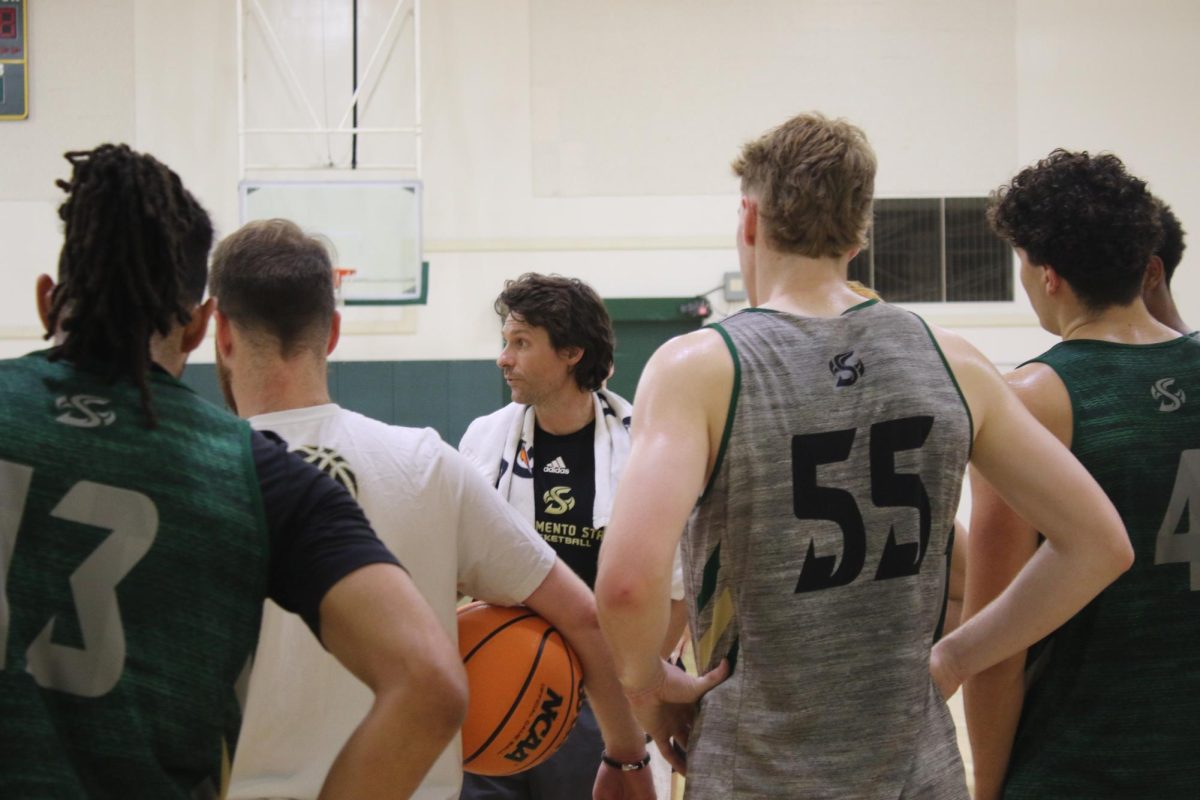









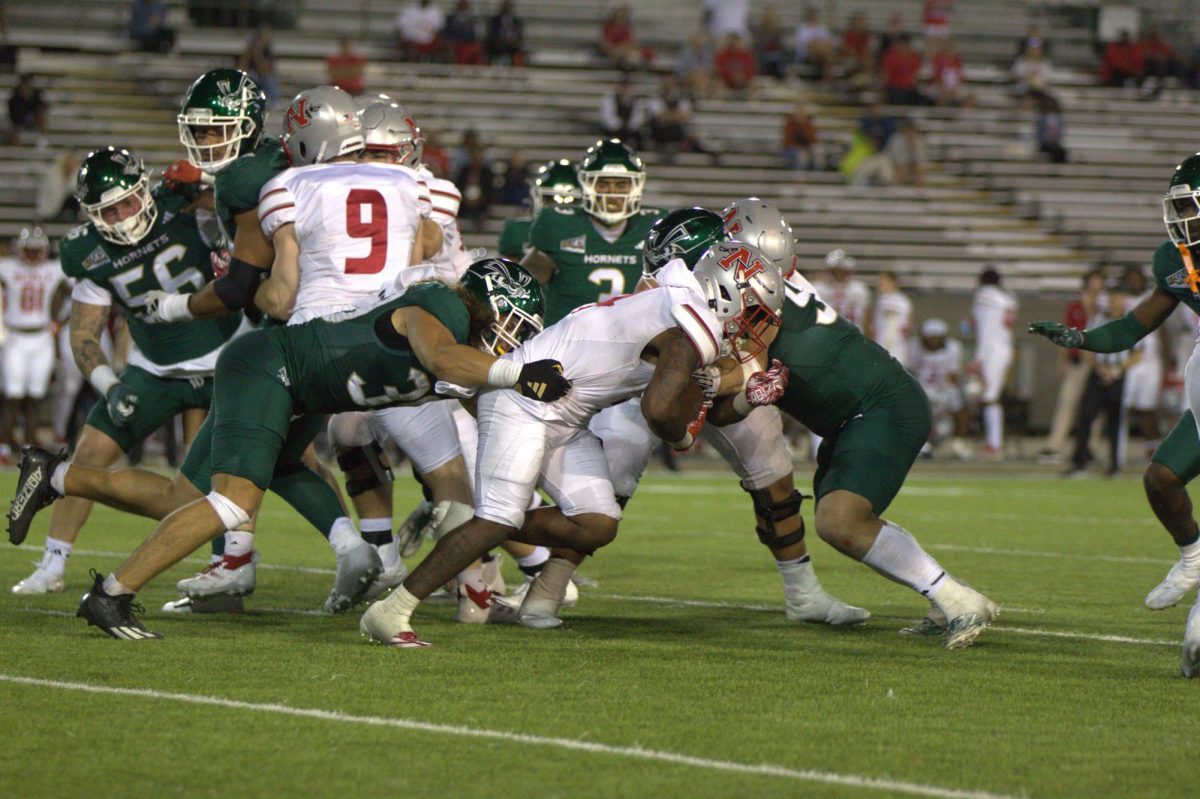






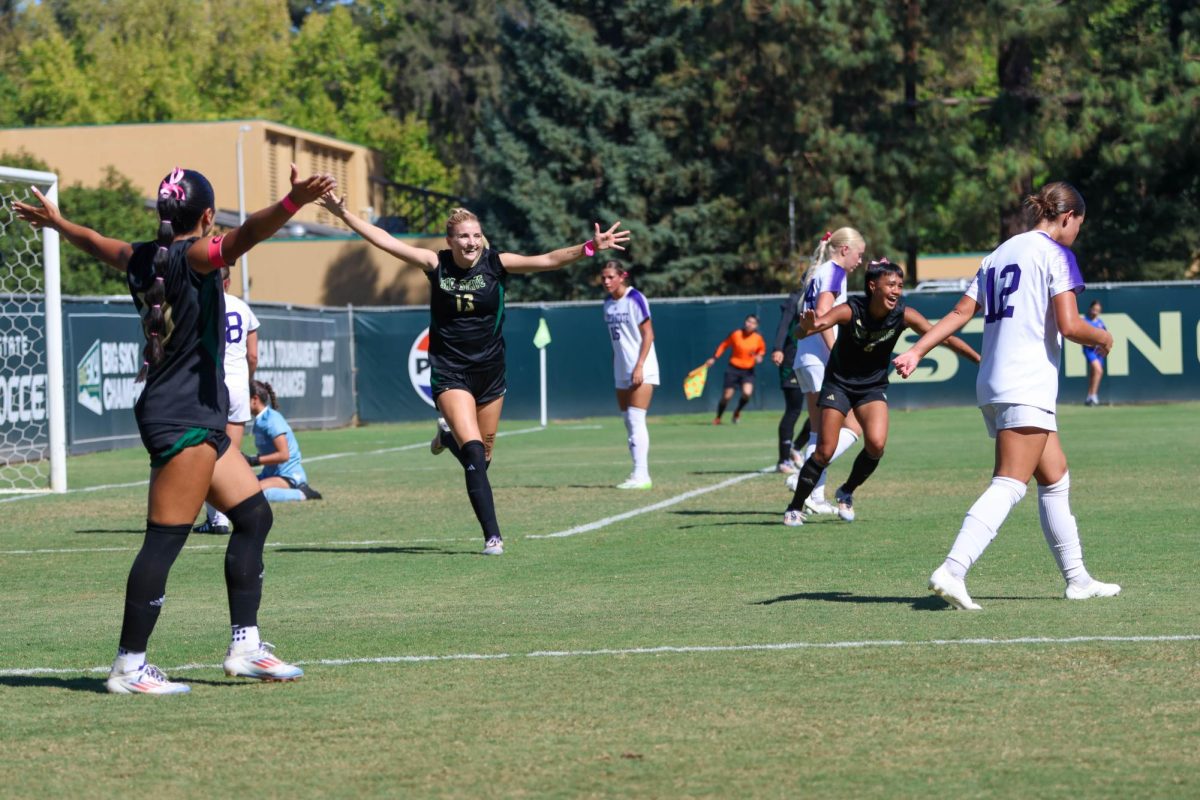
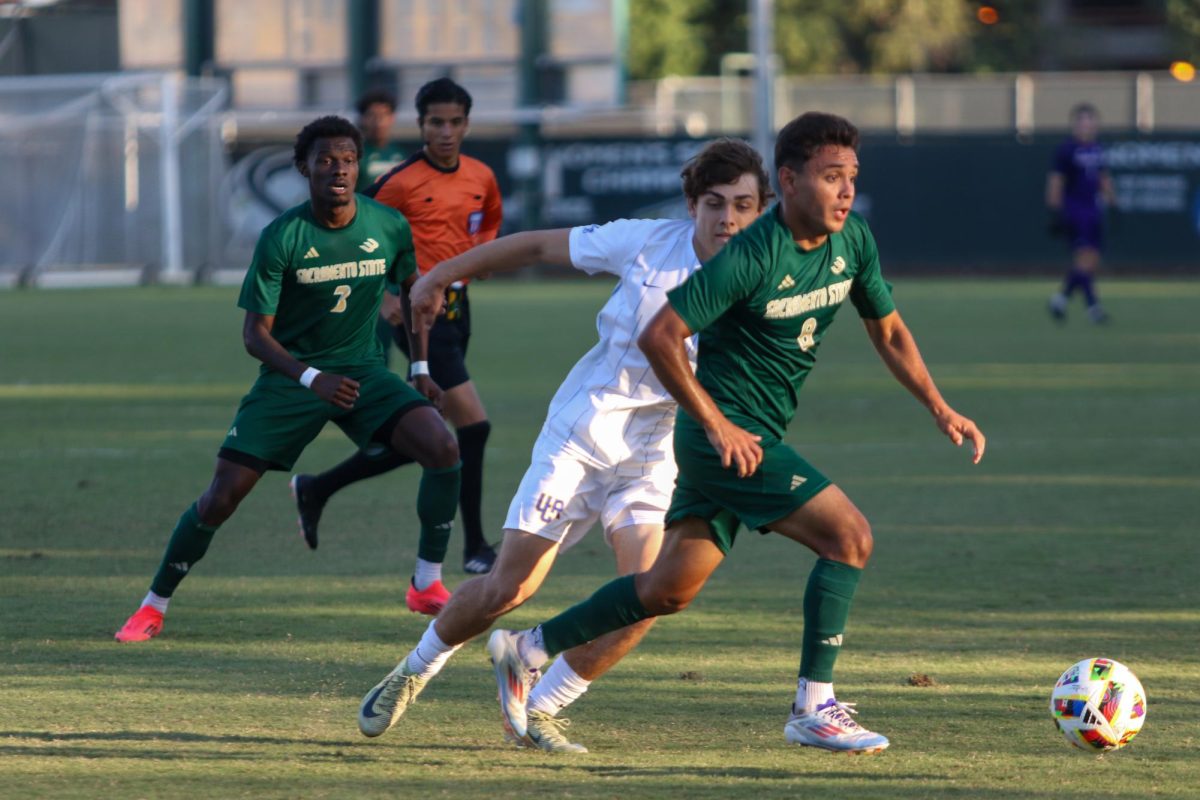
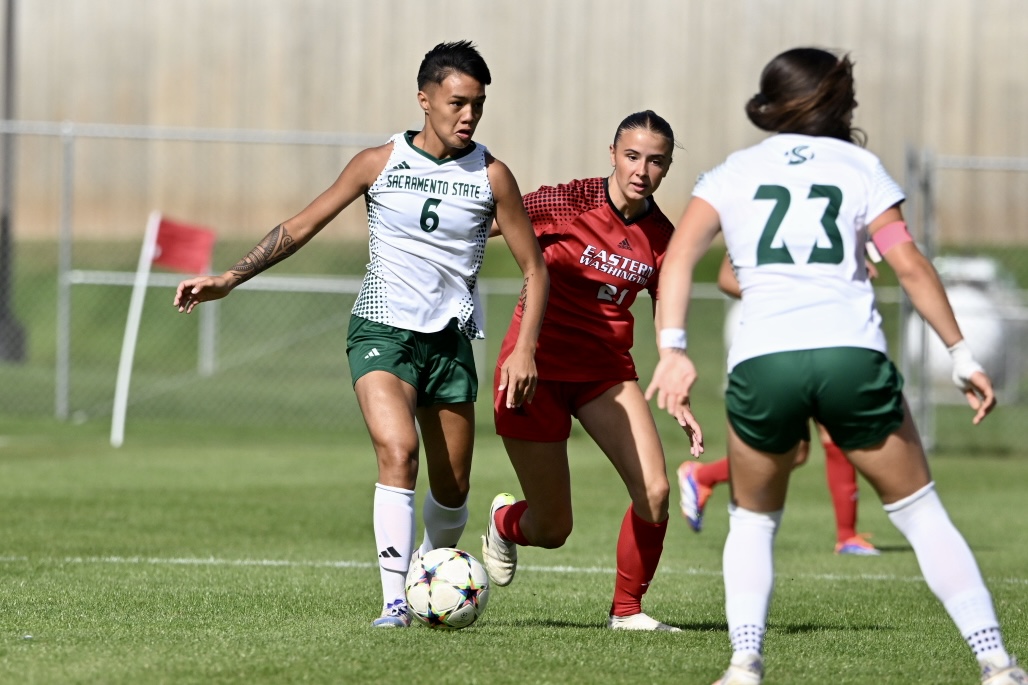
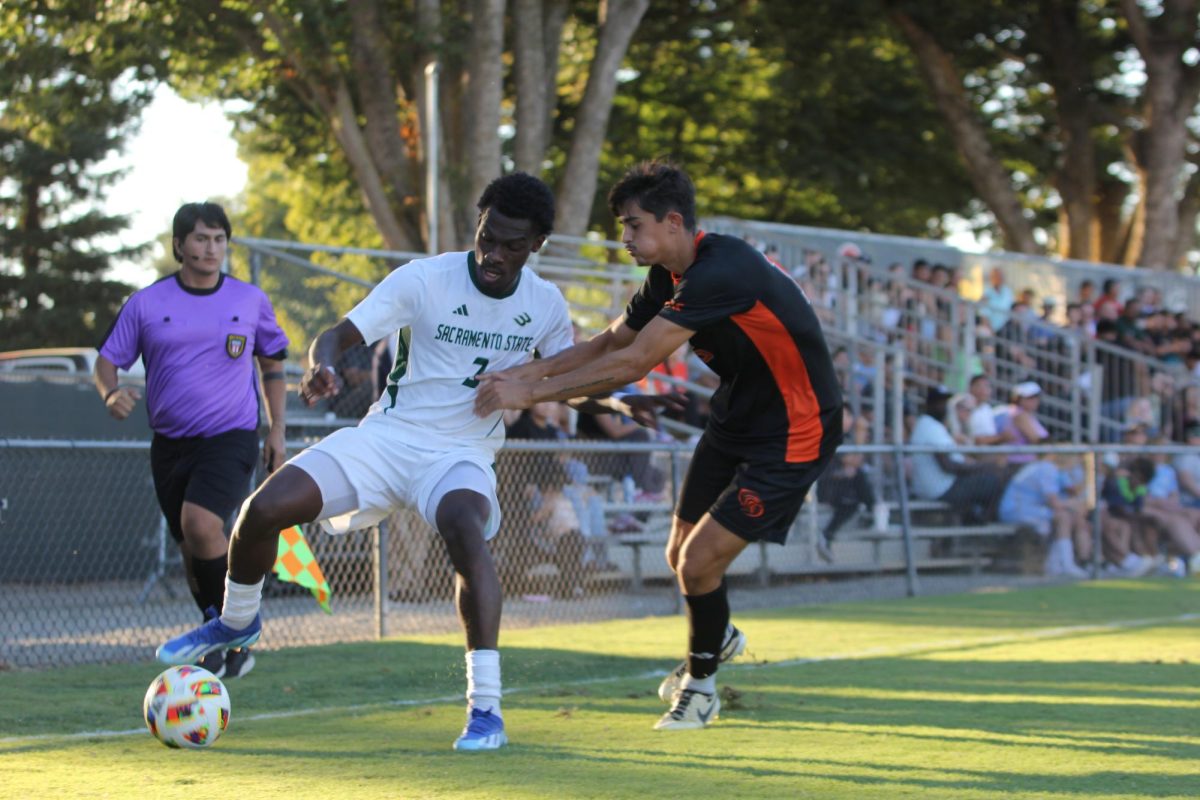















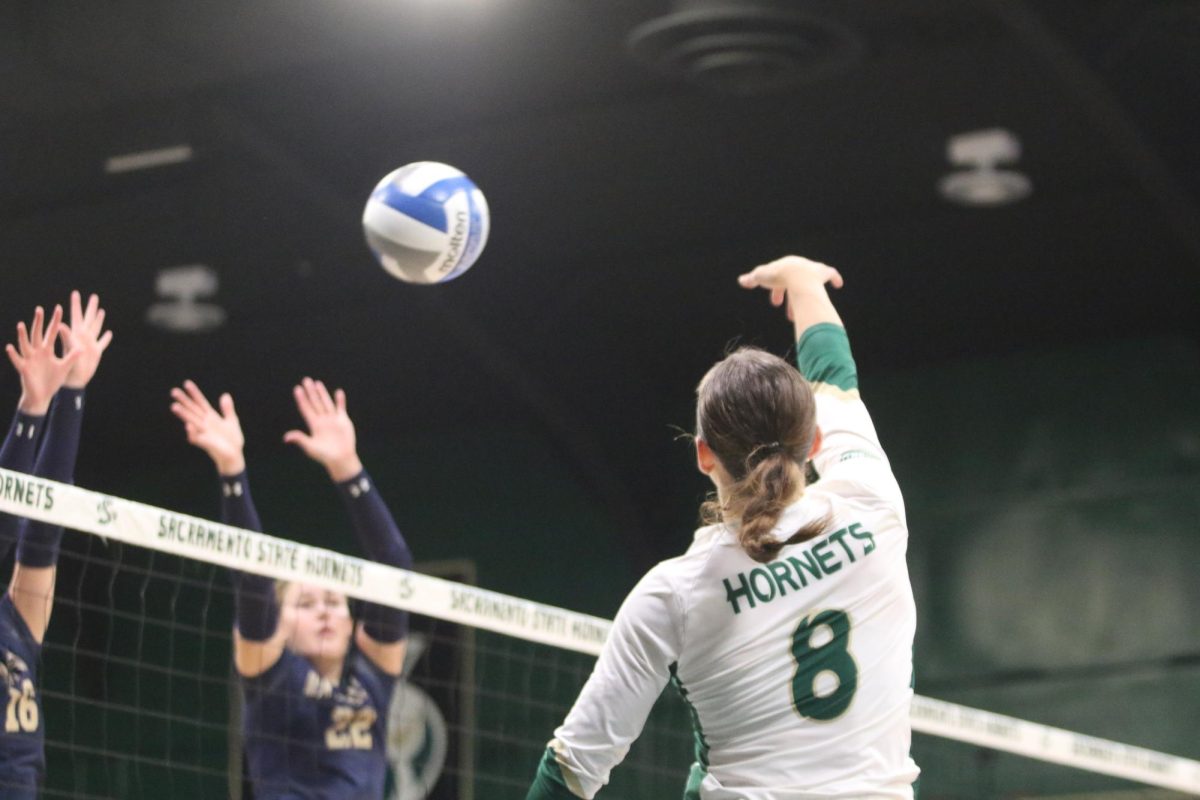
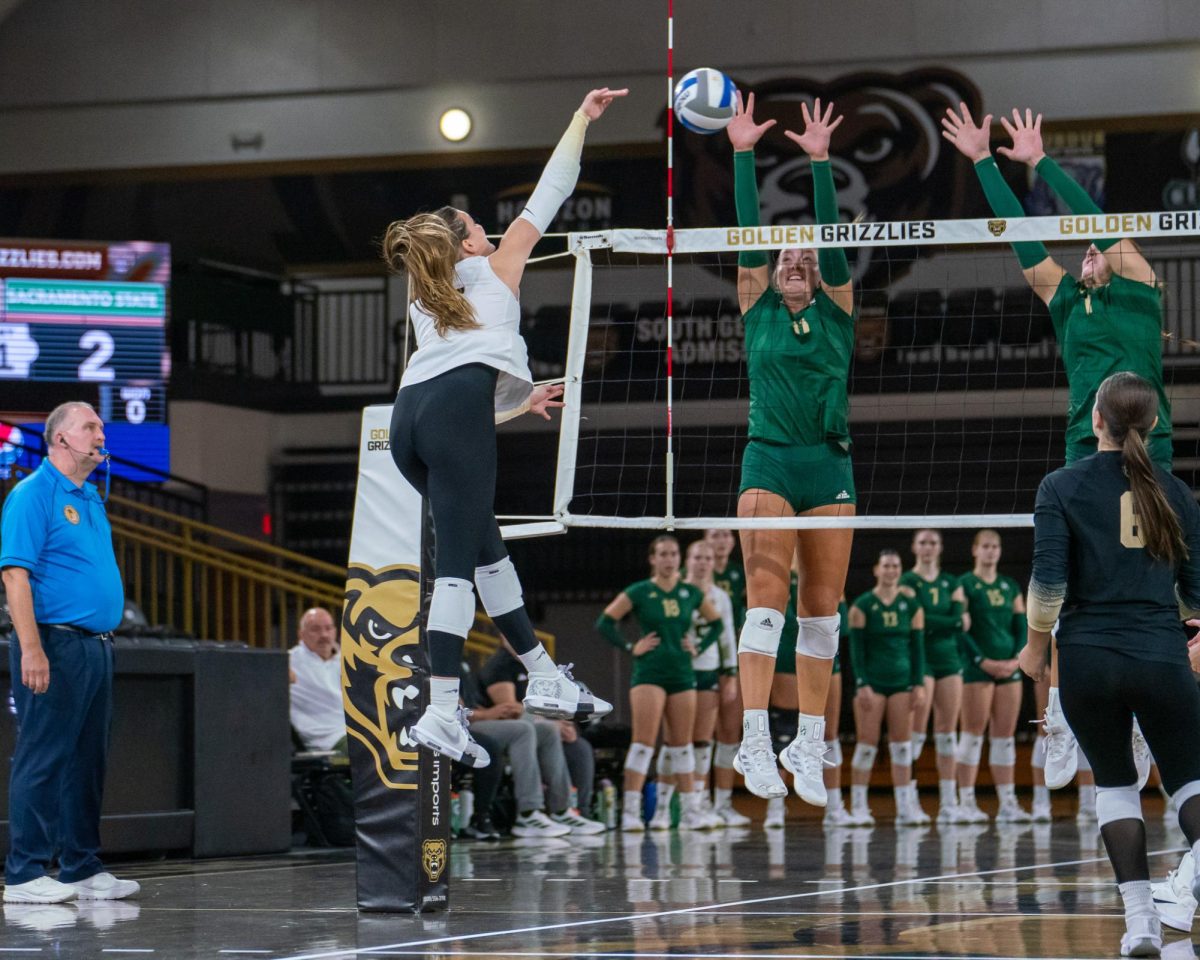
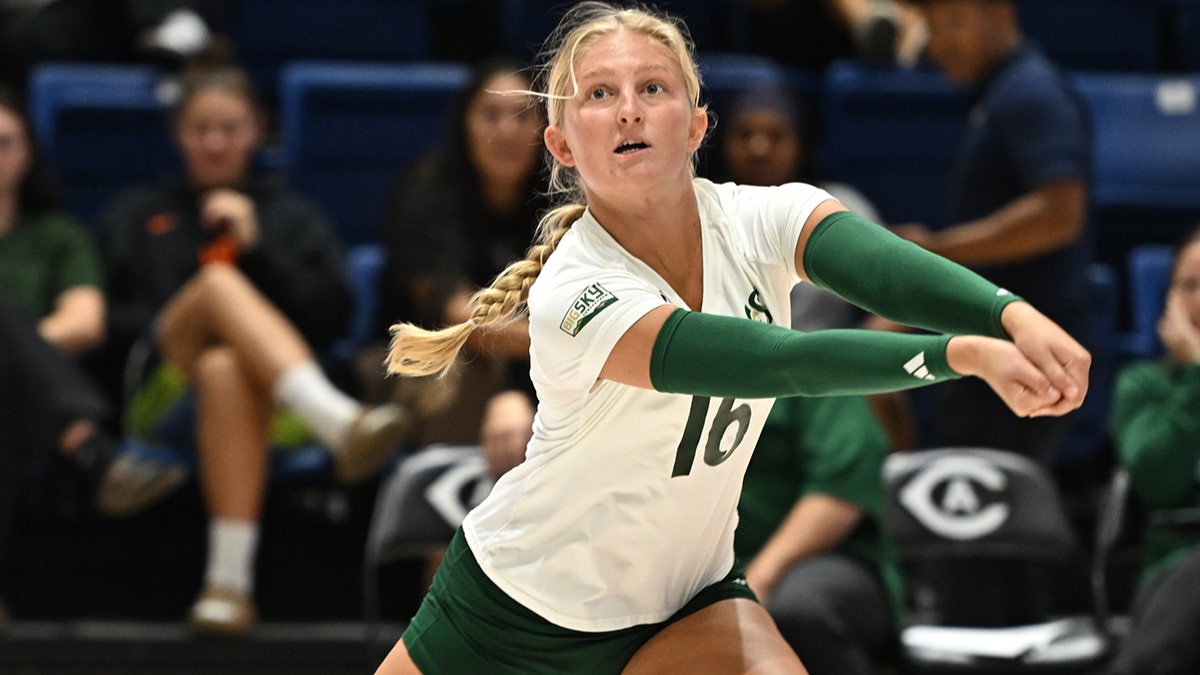

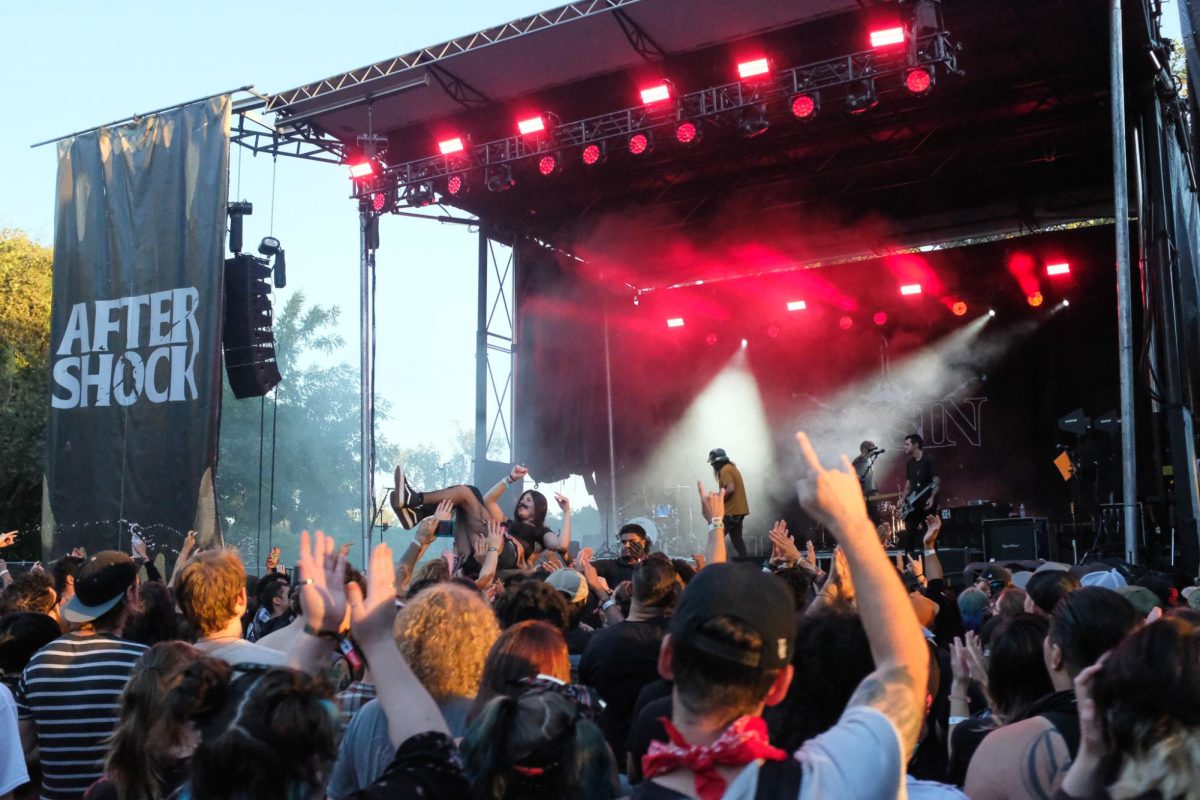
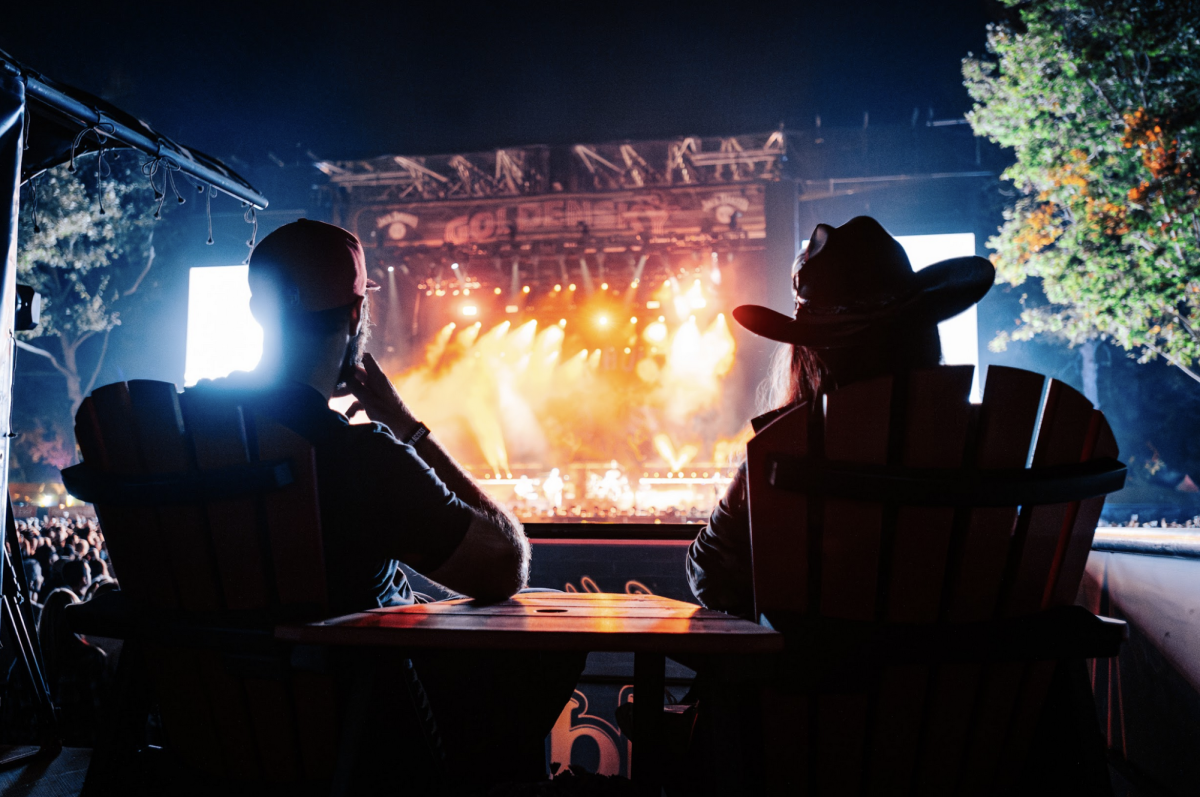
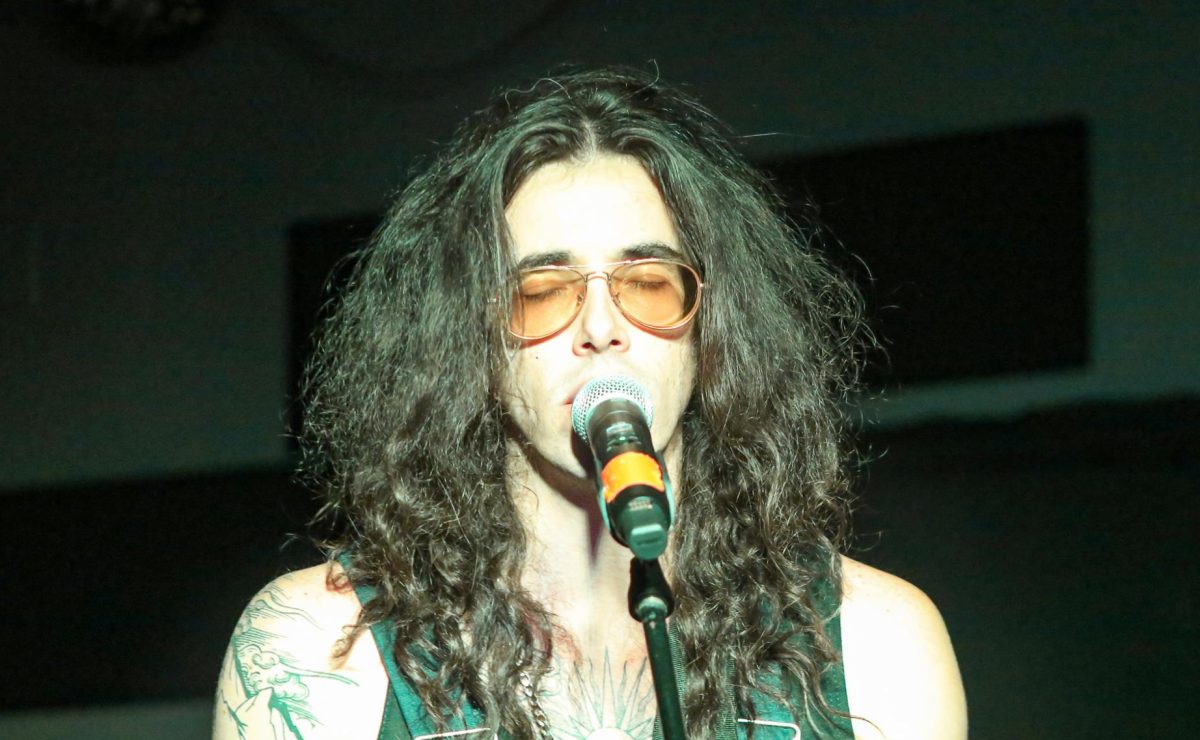











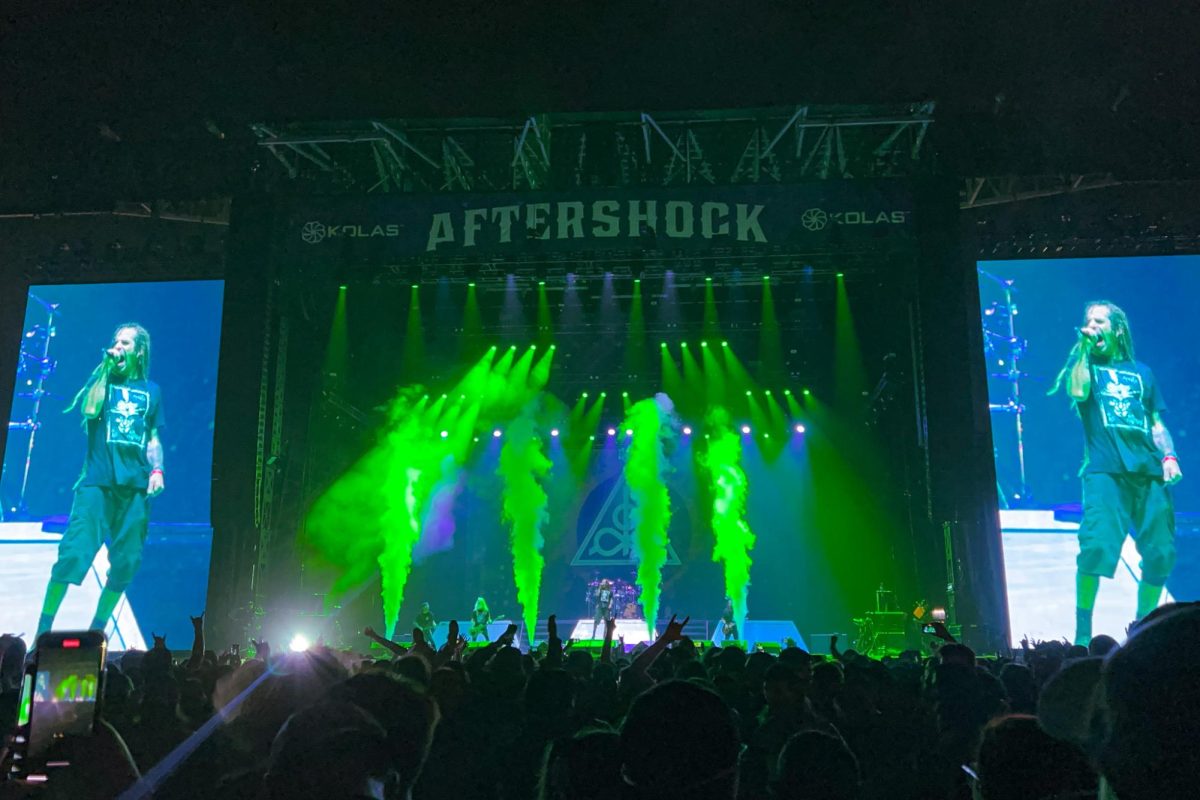









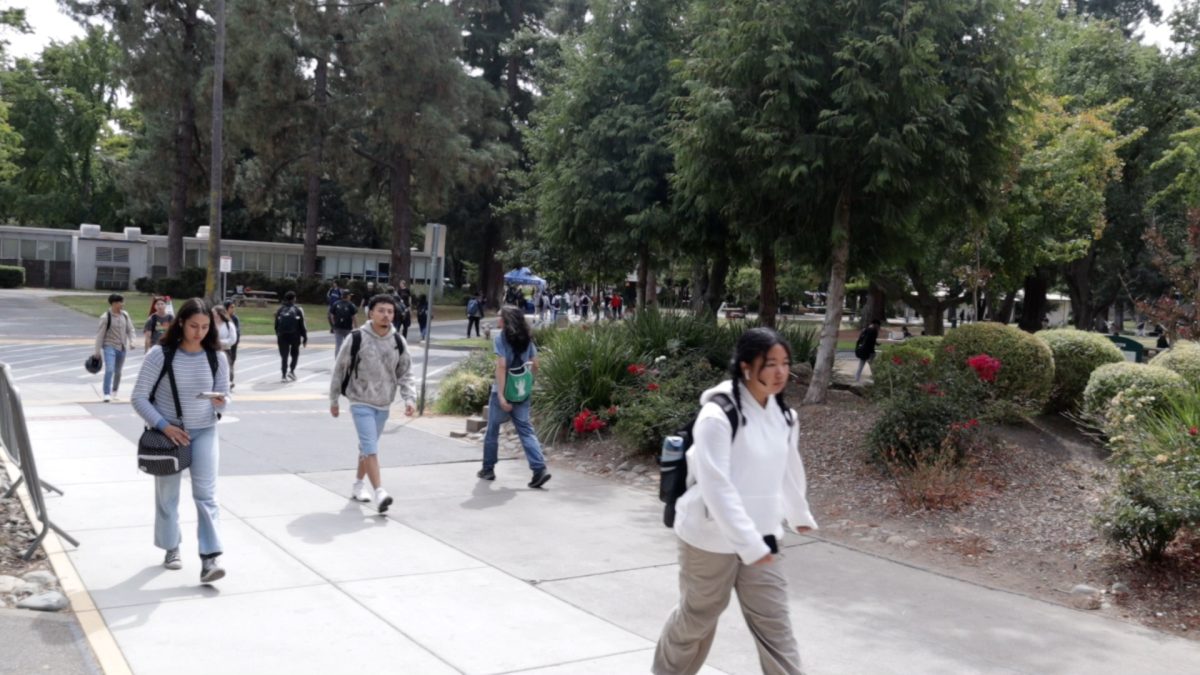
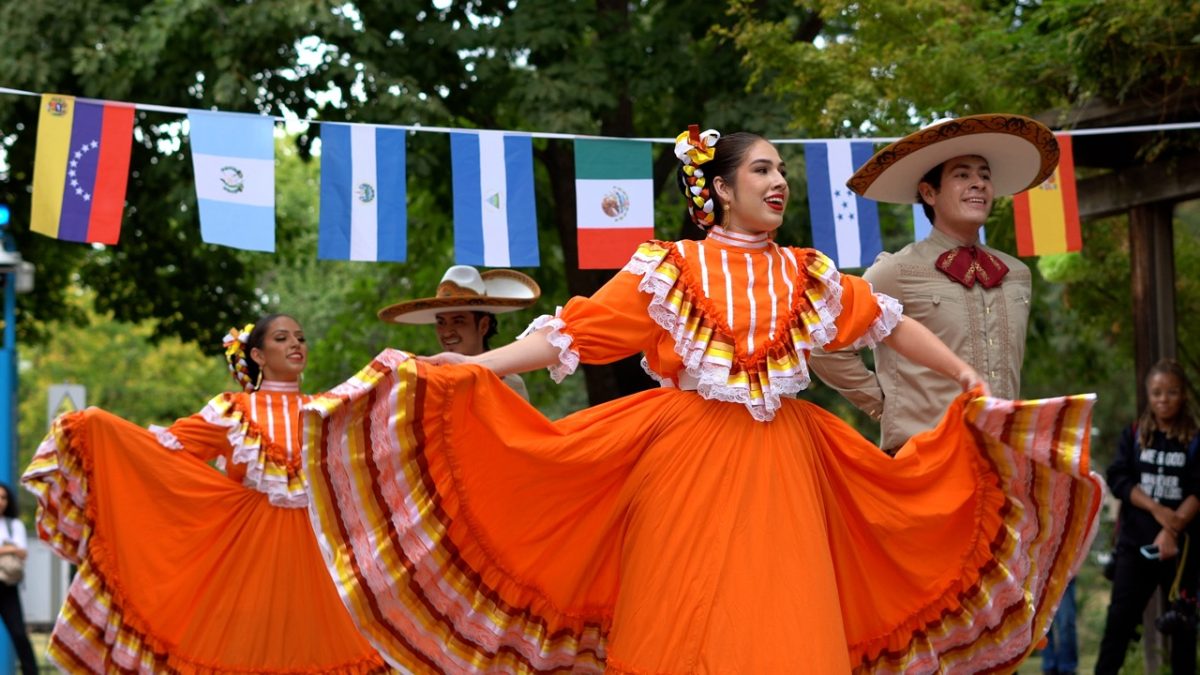
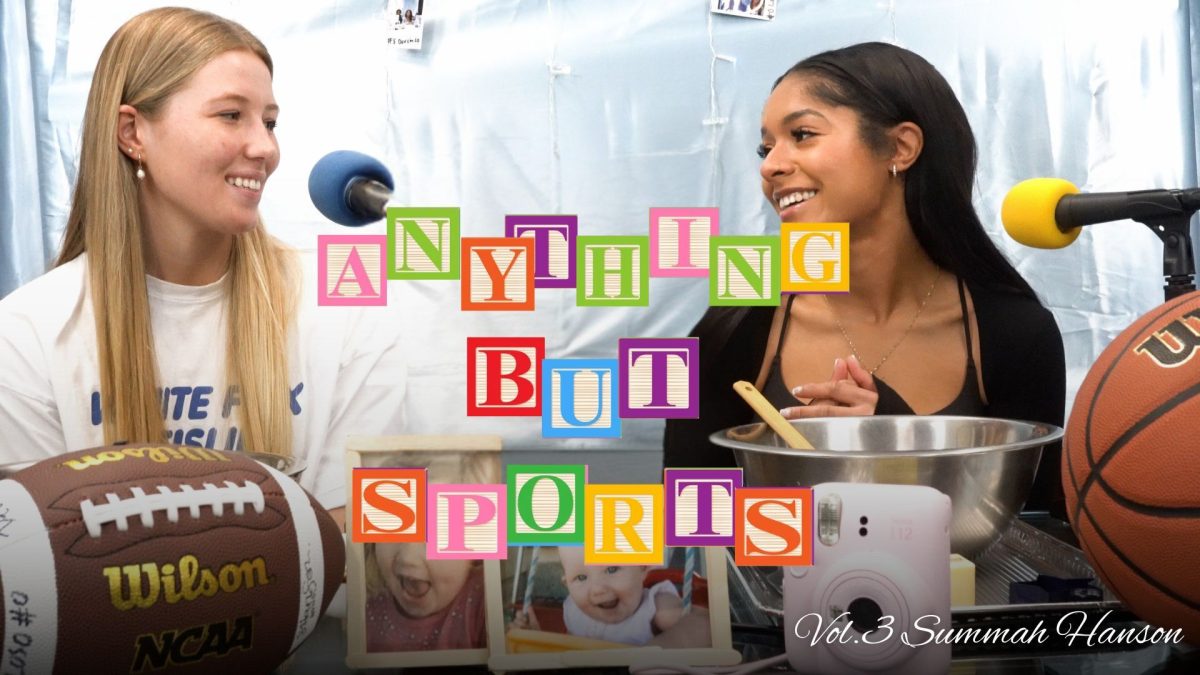
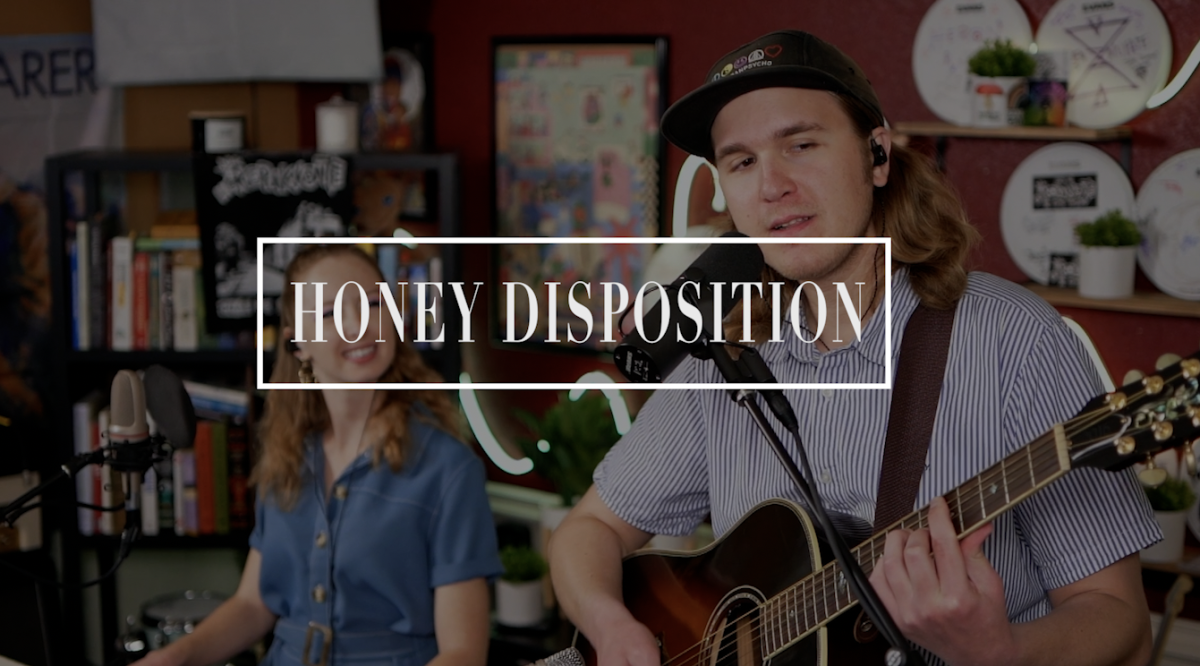

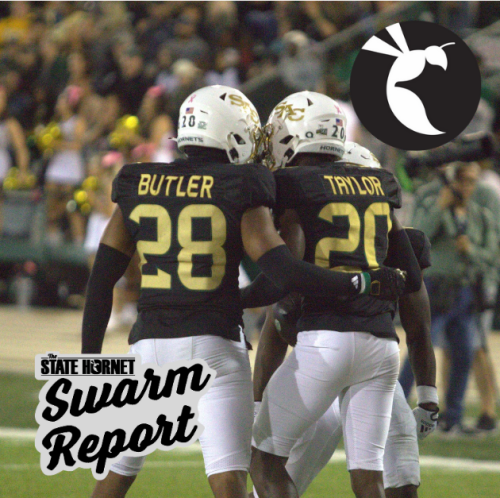
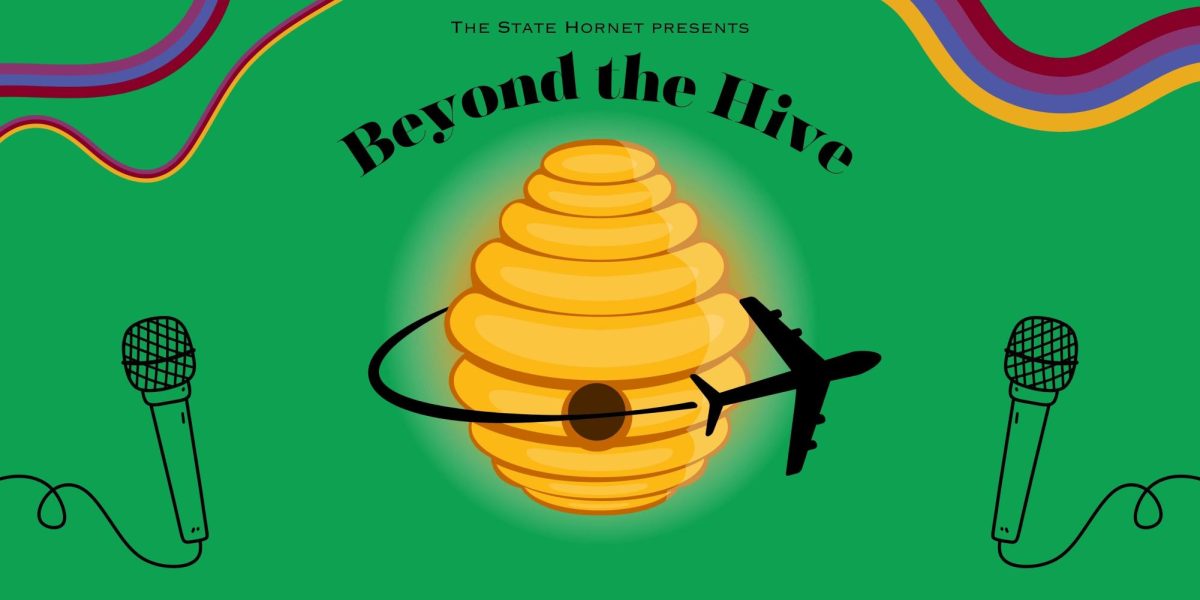

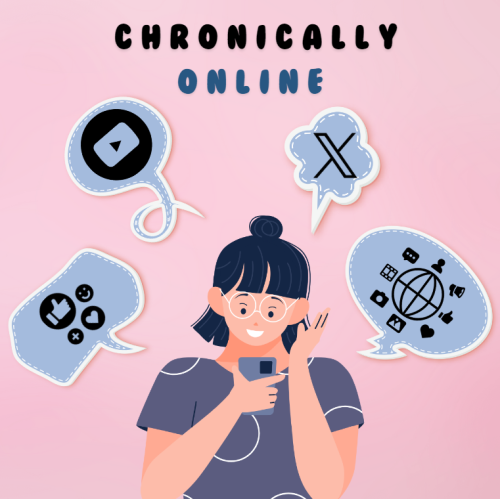
















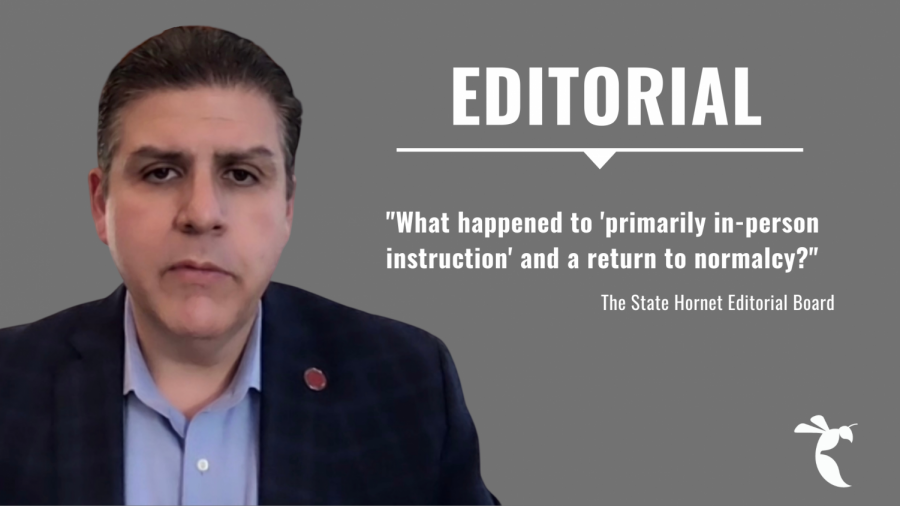
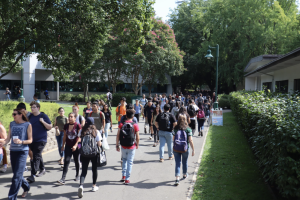
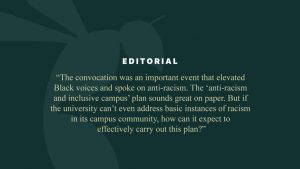

Jodi • Feb 12, 2021 at 11:37 am
Thanks feel with today’s technology there should be a choice of online classes as well as to n person. They could stream for half the class and have others be on a zoom video. Also NOBODY should be forced to take the vaccine and put something into their body that we don’t know enough about. Let’s get with the times and do what most people are doing with online doctors, work telecommuting and meetings. Give all a choice!
K • Feb 12, 2021 at 5:47 am
Does no one in this community read how the vaccine works? It does not “protects others”, it protects the person vaccinated from symptoms only hence the education campaign requiring you still wear a mask even after vaccinated. If you are arguing to get it to get to herd immunity faster that is one thing but stop the lie that you are helping others by getting vaccinated as you can still pass the virus. Learn to educate yourself folks…
J • Feb 11, 2021 at 6:48 pm
There is no reason a Sac State student should be forced to be vaccinated. If you don’t mind getting the virus (A 99.9% survival rate) you shouldn’t be forced. Those who have a high risk familiy member, should be vaccinated. There’s no reason someone without a high risk family member should be forced.
PJones • Feb 11, 2021 at 6:24 pm
Thank you for your excellent editorial. You highlighted the issues an impacts to existing students in those recently accepted. I agree wholeheartedly that covid-19 vaccines should be required, which means it should be available to all students if there’s going to be any on campus learning. Why are so many politicians, CEOs, Chancellor’s, etc afraid to require this vaccine? If we don’t take smart steps to attempt to stamp out this virus it could be around for a long time.
CYates • Feb 11, 2021 at 11:15 am
It’s possible that Castro and the CSU were intentionally deceptive, isn’t it also possible that new information came in that changed the formula?
We shouldn’t restrict leaders from reacting to changing circumstances as new information reveals itself.
Expecting the CSU to commit to in person instruction no matter what would be like the COVID deniers that refuse to wear masks because early guidance told citizens not to wear them.
We should be receptive of changing guidance as situations evolve, even if it is disappointing or runs contrary to earlier statements.
Additionally, the COVID vaccine only protects the person that receives the vaccine from illness. A vaccinated individual can still carry and transmit the virus. The vaccine won’t eliminate the virus from campus, it will just protect from the damage the virus can inflict on a body.
Mark Forman • Feb 10, 2021 at 8:12 pm
Only fair thing is for those accepted they either get a refund or be allowed to defer their attendance for a year. If they were rejected then no need to offer refund or free deferment since not being accepted isnt relevant to the issue.